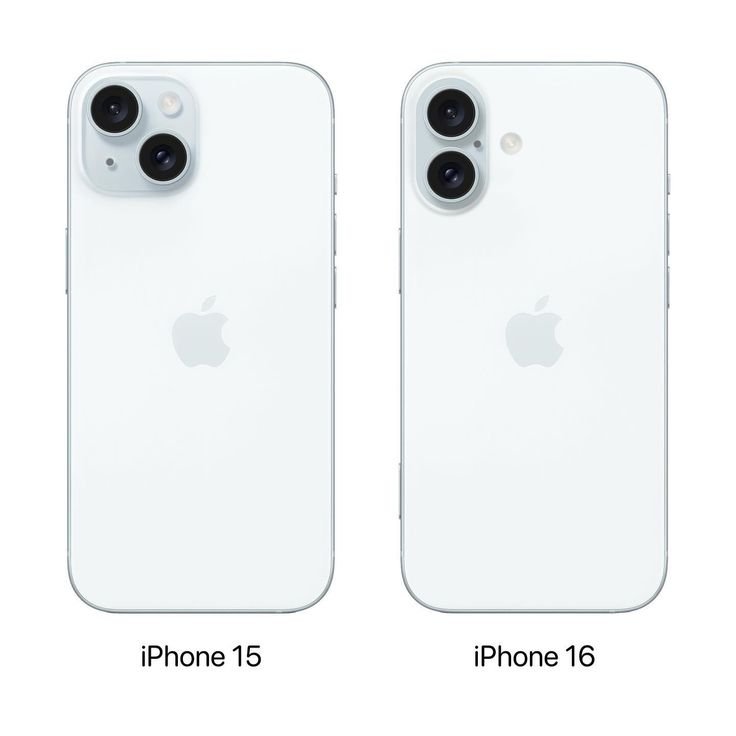Understanding UI/UX Mental Models: A Key to Crafting Exceptional User Experiences
In the realm of design, particularly in the digital landscape, UI (User Interface) and UX (User Experience) are two terms that frequently surface. These concepts are vital components in the creation of products, websites, and applications that not only look visually appealing but also function intuitively and effectively. However, beneath the surface of UI/UX design lies a crucial element that often goes unnoticed but plays a significant role in shaping user interactions – mental models.
What exactly are mental models in UI/UX design, and why are they so important?
Defining Mental Models
Mental models are the internal representations that individuals develop to understand the world around them. In the context of UI/UX design, these models refer to the user’s expectations, assumptions, and beliefs about how a product or system should work based on their past experiences and knowledge. Imagine mental models as blueprints stored in users’ minds that guide their interactions with digital interfaces. These models influence users’ decisions, behaviors, and perceptions as they navigate through websites, apps, or any other interactive platforms.The Role of Mental Models in UI/UX Design
Understanding users’ mental models is crucial for designers striving to create seamless and intuitive experiences. By aligning the design of interfaces with users’ existing mental models, designers can reduce cognitive load, enhance usability, and ultimately improve overall satisfaction. Here’s how mental models impact UI/UX design:- Anticipating User Expectations: Users come to digital interfaces with preconceived notions of how things should work based on their past experiences. By recognizing and accommodating these expectations, designers can create interfaces that feel familiar and intuitive.
- Guiding Navigation and Interaction: Mental models serve as guides for users as they navigate through different screens, menus, and features. Designers can leverage these models to structure interfaces in a logical and predictable manner, making it easier for users to find what they need and accomplish their tasks efficiently.
- Reducing Cognitive Friction: Misalignment between users’ mental models and the design of an interface can lead to confusion and frustration. By designing interfaces that match users’ mental models, designers can minimize cognitive friction, allowing users to focus on their goals without unnecessary distractions.
- Facilitating Learning and Adoption: Intuitive interfaces that align with users’ mental models require less effort to learn and use. This lowers the barrier to entry for new users and promotes faster adoption of products or services.
Strategies for Incorporating Mental Models into UI/UX Design
To leverage mental models effectively in UI/UX design, designers can employ several strategies:- Conduct User Research: Gain insights into users’ behaviors, preferences, and mental models through user research methods such as interviews, surveys, and usability testing.
- Create Personas and User Scenarios: Develop personas that represent different user segments and map out user scenarios to understand how they might interact with the interface based on their mental models.
- Iterative Design and Testing: Continuously prototype, test, and iterate designs based on user feedback to ensure alignment with users’ mental models.
- Provide Feedback and Guidance: Use visual cues, micro-interactions, and feedback mechanisms to confirm users’ actions and provide guidance when their mental models don’t match the interface’s behavior.
- Stay Updated: Keep abreast of evolving user behaviors, trends, and technologies to adapt design solutions and mental models accordingly.

























Hi there,
Come over to our agency with all your digital marketing activities, and we will redo your website absolutely free of charge. This is a tremendous opportunity to work with a real agency with over 14 years of experience in digital marketing. Get in touch with us for our portfolio and offer details.
We’ll take good care of you.
Let me know.
Daniel
Phone: +1 (586) 372-8384
Whatsapp: +3 (736) 009-2931
Telegram: awesomeagency
Very interesting info!Perfect just what I was looking for!Money from blog